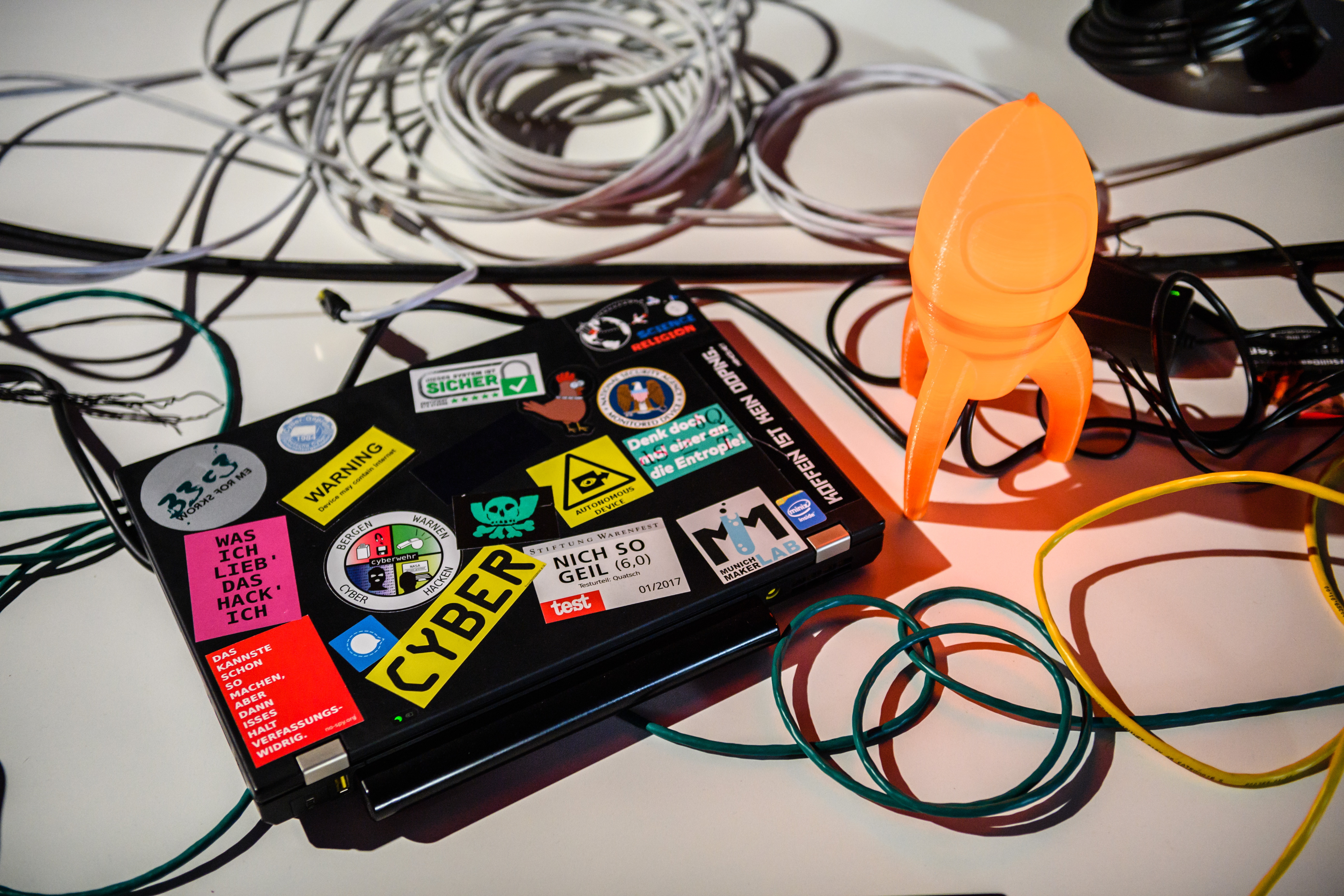The lectures, discussions and conversations were broadcast online from 14 places. In terms of content, the conference also dealt with the pandemic and highlighted, among other things, the problems that remain with digitalization in the healthcare sector. However, Marcus Richter was particularly interested in two other health topics.
The effect on the pacemakers
Pacemakers are small pulse generators that use electrical stimuli to stimulate the heart to contract, i.e. contract. You support hearts that beat very slowly. In addition to the device that patients have implanted, there is a complete infrastructure behind it.
Among other things, there is also a programming device that doctors can use to adjust the amount of pulses the pacemaker emits. Nowadays this happens wirelessly, the person in question must be 30 meters or less away.
“You have to somehow get in from the outside, without a secret password and putting that focus. That’s the nature of things, we have 100,000 doctors around the world that need access, even in an emergency, without having to conjure up a password somewhere,” he says Christoph Satjohan.
This means that the device can also be manipulated from the outside, at least in theory, explains Marcus Richter.
The presentation by Christoph Satjohan and Anders Buechner in the rC3 also revealed other safety concerns. For all of them, the potential for abuse is seen as relatively low in practice – but the results show where manufacturers need to improve.
“Manufacturers don’t care about as much security regulation and data protection as possible on their own, but when the stress comes from science and regulation, there is still hope that things will go well,” Richter says.
brain-computer interface
It still sounds more like science fiction: a technology built into the head to affect the brain and make it usable in a different way. So far there have only been applications in medicine. One of them: that people with epilepsy have electrodes placed in the brain that stimulate certain parts, thus preventing seizures.
Expanding the brain or improving the senses, for example, remains a long way off, says Marcus Richter: “If we take science fiction ideas from a brain-stimulating brain computer and compare them to digital word processing, we are only now in the process of hitting characters in a stone slab with a hammer and chisel.”
There is already a lot of research going on in this type of technology. However, it is not only intended to be used for medicinal purposes; There are also private companies that have a great interest in it. This includes Elon Musk, who founded the company “Neuralink” in 2016 to develop a device that the human brain and a computer can communicate with.
“Because the Medical Devices Act only applies to devices with medical purposes. In other words, the manufacturer could say it’s a medical device. Neuralink doesn’t say that, but at least in theory, it should also become an augmentative device. So it would actually be outside of medical purposes.” .
Products, that is, these potential extension devices for humans, may not have to meet certain standards or go through years of product testing, as is the case with medical technology.
“As is often the case with digital developments, there is still a lot of clarification and regulation that is required,” says Marcus Richter. But the journalist is also optimistic, because as long as this specific technology does not yet exist, there will still be time for regulations – also on the part of the European Union.

“Certified tv guru. Reader. Professional writer. Avid introvert. Extreme pop culture buff.”







More Stories
Classic espionage, cyber attacks, creating economic dependencies, and technology withdrawal –
How the technology behind ChatGPT powers this bot
Mercedes G580 with EQ technology: The G-Class has become electric